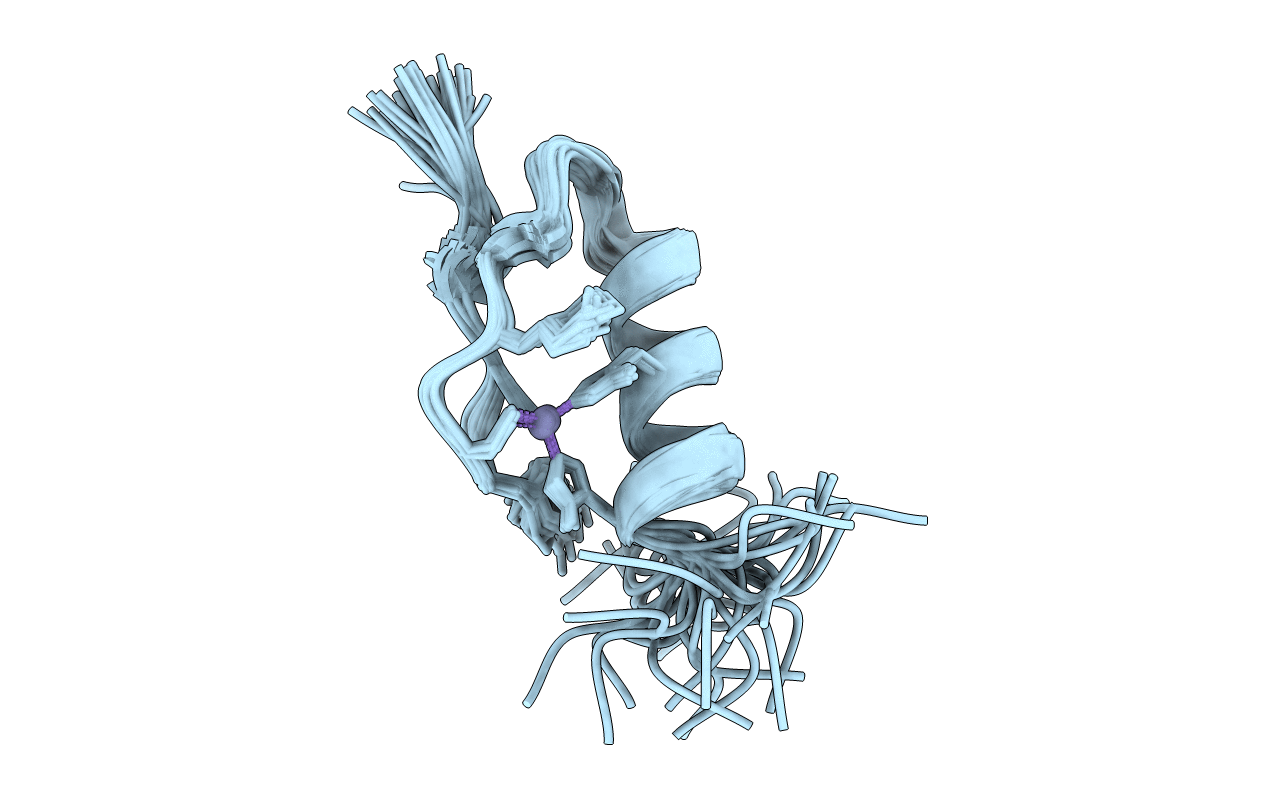
Deposition Date
2004-10-17
Release Date
2004-11-30
Last Version Date
2024-10-30
Entry Detail
PDB ID:
1XRZ
Keywords:
Title:
NMR Structure of a Zinc Finger with Cyclohexanylalanine Substituted for the Central Aromatic Residue
Biological Source:
Method Details:
Experimental Method:
Conformers Calculated:
50
Conformers Submitted:
34
Selection Criteria:
structures with the least restraint violations


